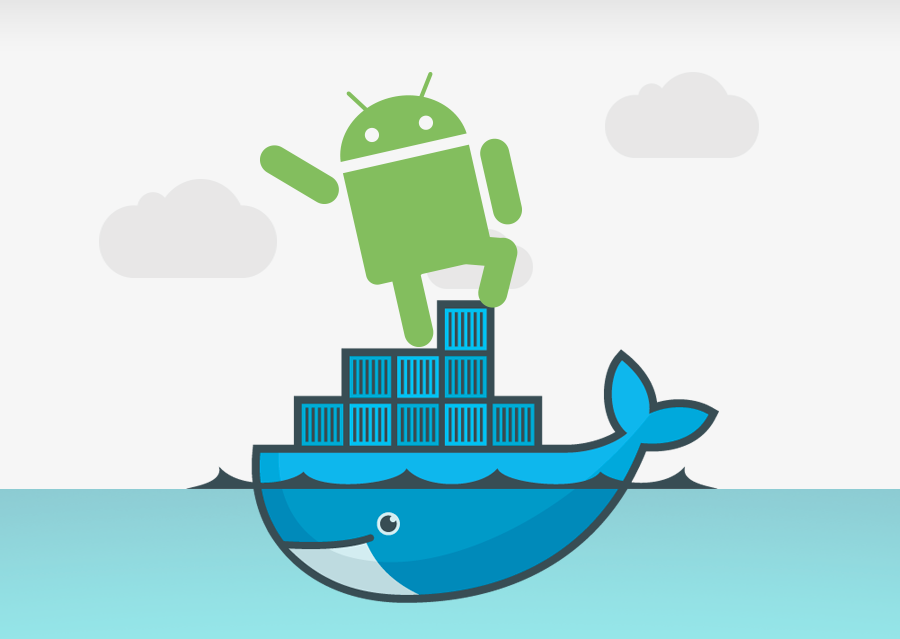Over the last five years, Docker has become a very popular platform for building new applications for a variety of devices. A growing number of Android developers are making Docker a primary focus in 2020. Other Android developers will need to follow suit, so they can know how to integrate Docker properly when it becomes more widely used.
How important is Docker for Android development?
Mobile and desktop application developers need to understand the new technology trends that are shaping the direction of their profession. Docker is one of the most prominent platforms that they need to be aware of.
This technology was first starting to become popular back in 2015. Docker has become a lot more relevant today.
Over 10,000 different companies use Docker to manage their data. It is stored in 700 million different containers for various applications. As more companies begin using this technology, Docker will begin to set new standards for application development. The standards will eventually become ingrained in Android development practices, because Docker provides so much versatility for Android devices.
However, Android developers are going to face a number of challenges if they are not already familiar with the Docker infrastructure. It is much more convenient to use after they are familiar with it, but there is a learning curve for developers that are new to Docker. The biggest challenge that they are going to face is integrating with Docker to make sure it is compatible with the Android interface.
How do Android developers go about incorporating Docker into Android?
The biggest issue with Docker integration is not the complexity of the platform. The biggest struggle is becoming familiar with it. It is rather intuitive once you get to know it. However, it is not very similar to a lot of other interfaces, so developers need to take some time to learn to use it correctly.
Fortunately, they should be able to get up to speed if they really focus on it. Here are some general guidelines to get started with Docker integration. You can always learn more from the official website if necessary.
When a Continuous Integration platform such as Bamboo or Jenkins is implemented in a company, the requirements to modernize software and maintain it properly can be a real headache.
In this post, we will mention how Bamboo can be used as a Continuous Integration server to build an Android App. When the construction of the mobile application is integrated in Docker, the only software that needs to be installed will be responsible for integrating Docker into the platform.
Initial Steps for Docker Integration
In the Github docker-Android-builder code repository, you will find the Docker file that you will need to customize your Android builder.
Docker configuration in Bamboo
Before getting started on the integration process, it is necessary to have Docker installed and configured in the Bamboo agents. You will need to read the official documentation from the Docker website.
Once Docker has been installed and configured, you will need to take the following steps:
- Create a new Bamboo plan
- Configure the connection with the repo. It will be used as an example like this one from Github: https://github.com/kinderjava/Android-hello-world.git. This is a ‘Hello World’ application that will be built for Android.
- Configure the Task of Docker to use the image
- Finally, configure the volumes of the image
You will now need to save the work and then use Bamboo to start compiling the Android application using the configured Docker image.
How to Use the Android Emulator to Build with Docker Directly
To use the Android Builder Docker on an Android project without configuring it in Bamboo, you only need to execute the following sequence of instructions:
- Download the code repository
- Execute the Docker run command to instantiate the container and compile the Android application.
Conclusions
This post tries to demonstrate that this type of solution is very customizable. Here are some options: Docker images specific for Android versions, Images prepared with the Keystore to sign applications, Images to compile hybrid applications: Ionic, Apache Cordova, React Native.
Leave your comments with other usage ideas and follow us on Twitter to receive new posts.

